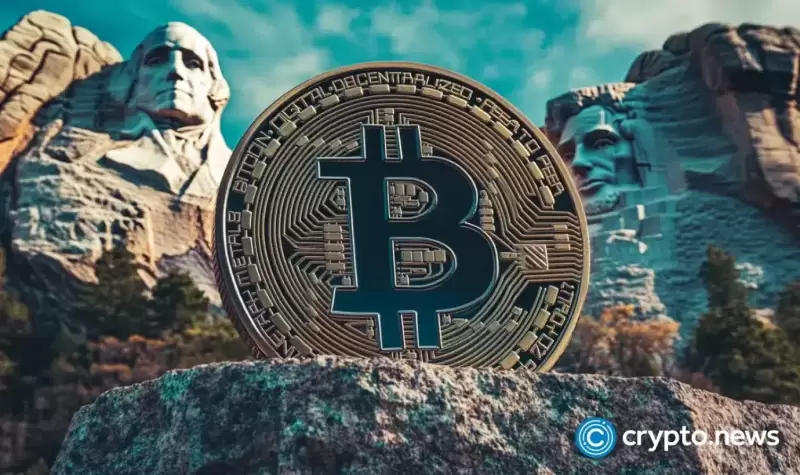 |
|
 |
|
 |
|
 |
|
 |
|
 |
|
 |
|
 |
|
 |
|
 |
|
 |
|
 |
|
 |
|
 |
|
 |
|
Cryptocurrency News Articles
Decentralized finance (DeFi) needs a reality check
Mar 27, 2025 at 03:00 pm
Protocols have chased growth through token emissions that promise eye-popping annual percentage yields (APYs)

Decentralized finance (DeFi) protocols have chased growth through token emissions and promised annual percentage yields (APYs) for years, only to watch liquidity evaporate when incentives dry up. This strategy has left protocols in a vicious cycle of chasing mercenary capital, which is used to create artificial ecosystems that are doomed to collapse.
Launch a governance token, distribute it generously to liquidity providers to boost total value locked (TVL), celebrate the growth metrics and watch helplessly as yield farmers withdraw their capital and move to the next hot protocol. At least, that's how the last few years of DeFi played out.
But perhaps there's a better way to approach value creation and capital efficiency.
DeFi protocols need to shift from extractive to regenerative economic models, and protocol-owned liquidity represents one of the most promising approaches to solving this problem. Rather than renting liquidity through emissions, protocols can build permanent capital bases that generate sustainable returns.
When protocols own their liquidity, they become more resistant to capital flight during market downturns. They can generate consistent fee revenue that flows back to the protocol rather than temporary liquidity providers. Most importantly, they can create sustainable yield derived from actual economic activity rather than token inflation.
Bridged assets usually sit there and don't contribute much toward the liquidity potential of connected blockchains. Through staking the bridge, assets in the bridge are redeployed into low-risk, yield-bearing strategies on Ethereum, which are used to bankroll boosted yields. This allows protocols to align participant incentives with long-term health, and it's a boost to capital efficiency.
For DeFi to mature, protocols must prioritize real yield — returns generated from actual revenue rather than token emissions. This means developing products and services that create genuine user value and capture a portion of that value for the protocol and its long-term stakeholders.
While sustainable yield models typically produce lower initial returns than emissions-based approaches, these returns are sustainable. Protocols engaging in this shift will build resilient foundations rather than chasing vanity metrics.
The alternative is continuing a cycle of boom-and-bust that undermines credibility and prevents mainstream adoption. DeFi cannot fulfill its promise of revolutionizing finance while relying on unsustainable economic models.
Instead of burning through tokens to buy time, protocols should be investing in long-term growth initiatives. This includes funding core development, improving security and expanding into new markets.
To conclude, protocols that do this will amass treasuries designed to weather market cycles rather than deplete during downturns. They'll generate a yield from providing real utility rather than printing tokens. They'll prioritize building mindshare and mindshare will come through delivering value.
This evolution requires a collective mindset shift from DeFi participants. Investors need to recognize the difference between sustainable and unsustainable yield. Builders need to design tokenomics that reward long-term alignment rather than short-term speculation. And users need to understand the true source of their returns.
The future of DeFi depends on getting these fundamentals right. It’s time to fix our broken yield model before we repeat the mistakes of the past.
Disclaimer:info@kdj.com
The information provided is not trading advice. kdj.com does not assume any responsibility for any investments made based on the information provided in this article. Cryptocurrencies are highly volatile and it is highly recommended that you invest with caution after thorough research!
If you believe that the content used on this website infringes your copyright, please contact us immediately (info@kdj.com) and we will delete it promptly.
-

-

-

-

-

-

-

- title: Charles Hoskinson Predicts Surge in Cryptocurrency Adoption, Says Apple, Microsoft, Google, and Facebook Will Integrate Crypto Wallets
- Apr 01, 2025 at 07:55 pm
- Charles Hoskinson, founder of Cardano (ADA), has shared his positive outlook on the future of cryptocurrency adoption, predicting a surge in mainstream integration
-

-





























































